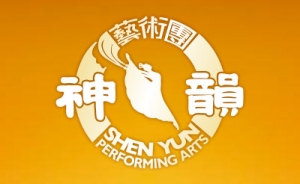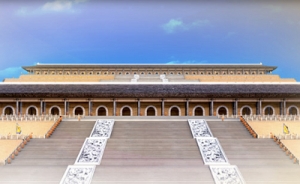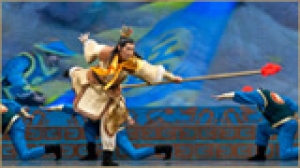The Cultural Revolution
Over the past several decades, China has experienced a wide array of “movements.” In the West, we may think of a social movement as a group of people rising up in the face of oppression, fighting for freedom or justice. But in recent decades in China, the dynamic has been just the opposite—movements are state-sponsored. Since the Chinese Communist Party came to power in 1949 by violent revolution, “class struggle” has been one of its defining doctrines. Various movements have been launched in an attempt to eradicate various groups or ideologies perceived by the Party as a threat.
The “Movement to Suppress Counterrevolutionaries” in the early 1950s aimed to destroy the traditional Chinese religions of Buddhism and Taoism. With the Party being an officially Marxist-atheist regime, religion ran directly counter to its rule and was perceived as a threat to deny the Party the hearts and minds of the masses.
The “Anti-Rightist Movement” of 1957 targeted intellectuals, as they could easily analyze and expose the Party’s motives. These two movements were carried out under direct Party orders and led to the massacre of China’s cultural elites, paving the way for cadres to replace traditional Chinese culture with Communist Party culture.
The Cultural Revolution (1966–1976) was catastrophic for China’s traditional culture. During this unprecedented massive political movement, China’s 5,000-year-old culture was almost entirely wiped out. The campaign established Mao Zedong’s cult of personality and indoctrinated the nation with Mao’s way of thinking and style of discourse. Ancient relics and antiques, calligraphy and paintings, classic books and scriptures were burned. Temples and statues were smashed to dust. Millions of lives were lost. China’s traditional holidays, rules of etiquette, forms of entertainment, indeed, the culture itself, would never be the same again.
Commentary 6 of the Nine Commentaries on the Communist Party (published by The Epoch Times newspaper) offers a systematic account of this history.
September 11, 2011





